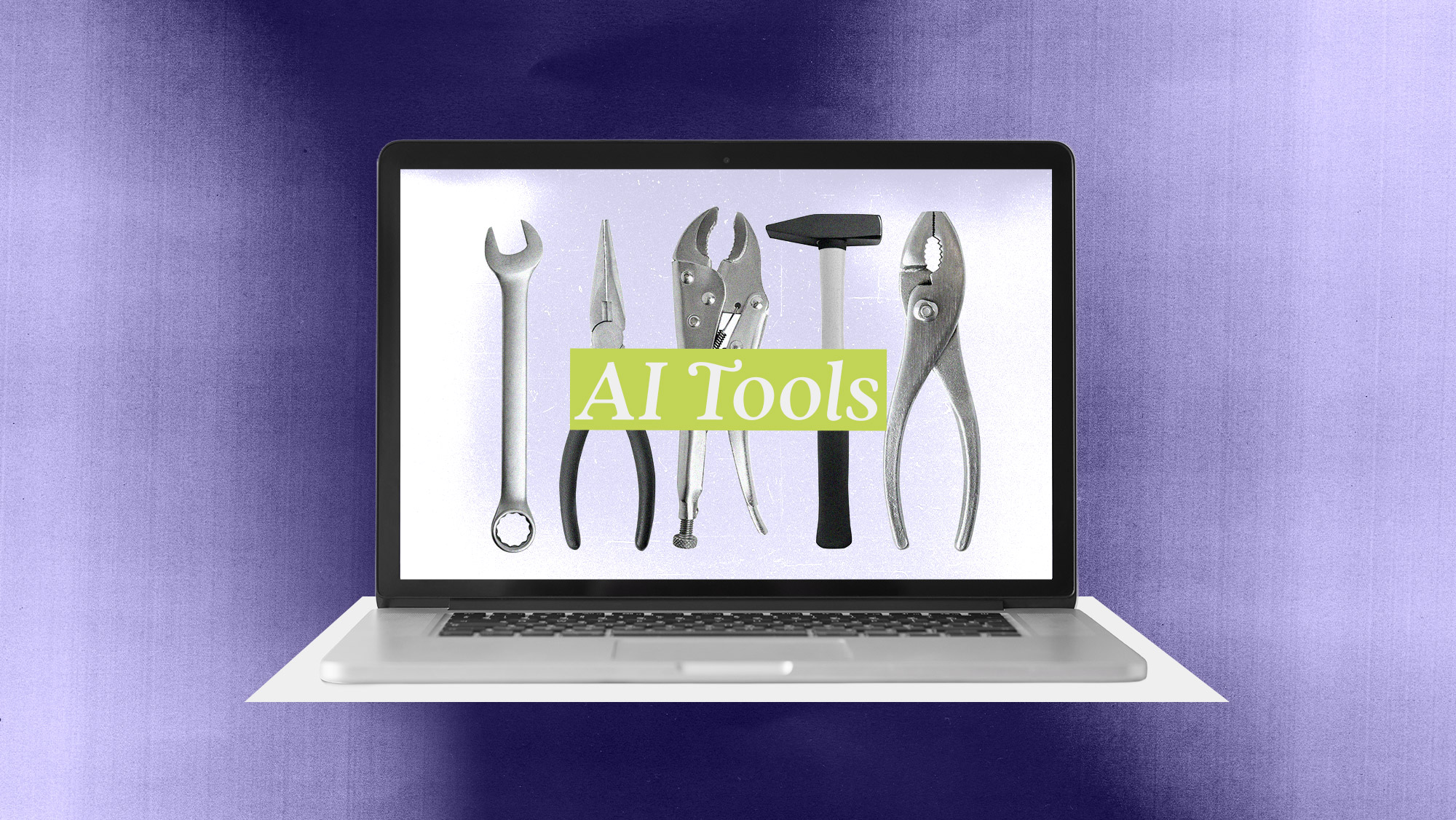
AI and the Retail Marketer’s Future
How AI transforms strategy and processes, driving the adoption of Positionless Marketing
Exclusive Forrester Report on AI in Marketing

If you ask us, we have no doubt where 2022, and the entire foreseeable future of marketing, is headed. The answer is "elevated personalization," especially at the hands of both retention and acquisition.
But, you didn't ask us. Luckily, though, we have an even better proposition for you - because we went out, gathered three sophisticated marketing/CRM marketing leaders, and asked them!
The distinguished professionals who were kind enough to share their insights were:
It all went down in December 2021 at the trendy London Michelin Star restaurant, Lyle's, where our end-of-year PostFunnel Event was help. And this is where, between looking back and looking ahead, we could get really deep into the challenges marketing leaders are facing right now - and how they tackle them.
"We started to use language processing to actually understand the tone of communications," Said Barros from TouchNote, a mobile app for sending printed, personalized postcards, greeting cards, other photo products as well as gifts.
He was replying to the question, "How did your organization evolve and adapt to the new reality?" and added: "We also wanted to just understand how frequently our customers are contacting certain contacts, so we can almost how close they are to that recipient, in comparison to the other people in their address book."
"We were also encouraging people to add reminders around birthdays, anniversaries, completing their relationship profiles, so that we actually know who they're going to be sending to, and when. All, in a strategic attempt to provide a more personalized experience."
"The main things we've seen were related mostly to focusing on first-party data - and CRM being the main channel for that," added Theakston of LeanConvert.
"If customers are willing to give up their data, whether that's an email address, or whatever that might be, they're expecting something in return. And that's where the Personalization comes in," he said when trying LeanConvert's efforts around first-party data to the increasingly increasing importance of capital P Personalization.
"We know that the more attributes that we layer in, the higher the response rate tends to be," said Little of Sweaty Betty, when asked to elaborate on the role Personalization plays in their strategy, "and so, we do have a real mixture of different kinds of data - and we do use that personalized approach."
"I do think that having a tool that's really user-friendly, and that everyone can access and get used to, helps," Little said, talking specifically about Optimove's Customer Explorer tool, calling it "very, very user-friendly, very simple. So anyone can create a target group and off the back of it."
When the conversation got to the all-inclusive, all-telling, all-important, all-encompassing KPI some of you may know as "Customer Lifetime Value," Barros chimed in, saying: "we're doing a lot of things to increase Customer Lifetime Value. For example, we focus on conversing pay-as-you-go customers into members. We have launched gifting globally. We're prioritizing just edging people towards their ideal behavior, and that's something we'll really be focusing on in 2022. "
"We're always looking to increase CLTV year over year," added Little, "we do a lot of reports on whether if a customer buys a certain product it leads to higher lifetime value, what journey brings in the higher lifetime value, certain marketing channels, physical shop or online, etc.
"We work with long criteria of indicators that improve the lifetime value, and recently we've been focusing more on Future Value, a metric that Optimove provides us that is looking at the next 12 months and telling us what's the revenue customers are likely to bring in.
"And that's the new model we've been focusing on - CLTV and FV. This way, we're looking at all previous data of the lifetime value of customers and applying that to new customers we're bringing in, and we can tell which ones are predicted to have the best FV. Then we can make sure we're personalizing towards those customers as well."
"I hope it's not important because we definitely don't have perfect data," said Little when we asked her to comment on Gartner's claim that "chasing a 360-degree view of the customer can ruin your business."
"If we were waiting for perfect data, then we wouldn't do anything," she explains, "I guess the 80-20 rule is definitely something that we go for here.
"One major thing we do daily, though, to mitigate the challenge of not having the perfect data, is always to test small first. But I 100% agree that no one should wait till their data is 100% perfect because you'll be waiting for a long time."
Exclusive Forrester Report on AI in Marketing
In this proprietary Forrester report, learn how global marketers use AI and Positionless Marketing to streamline workflows and increase relevance.


Rony Vexelman is Optimove’s VP of Marketing. Rony leads Optimove’s marketing strategy across regions and industries.
Previously, Rony was Optimove's Director of Product Marketing leading product releases, customer marketing efforts and analyst relations. Rony holds a BA in Business Administration and Sociology from Tel Aviv University and an MBA from UCLA Anderson School of Management.


